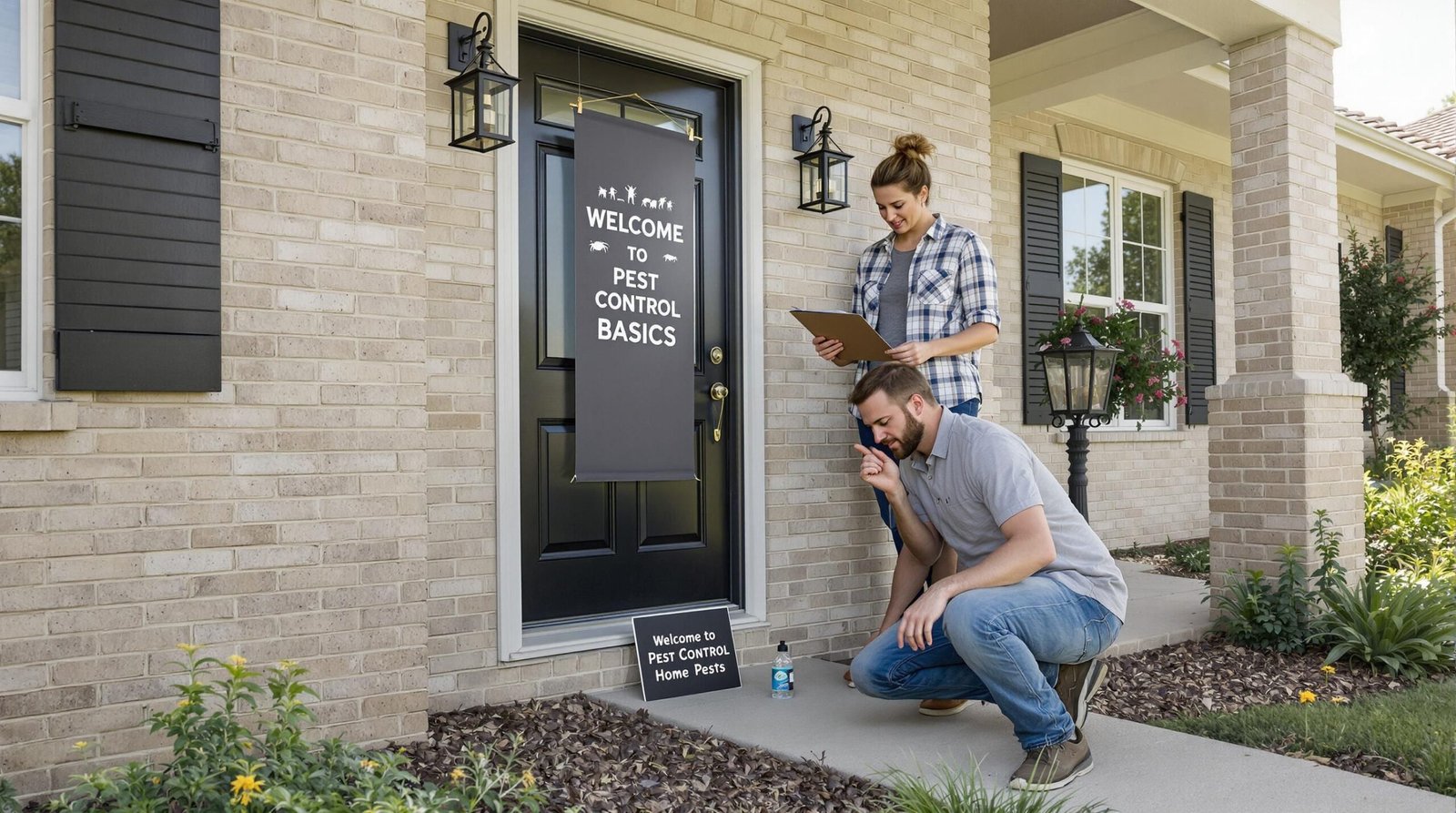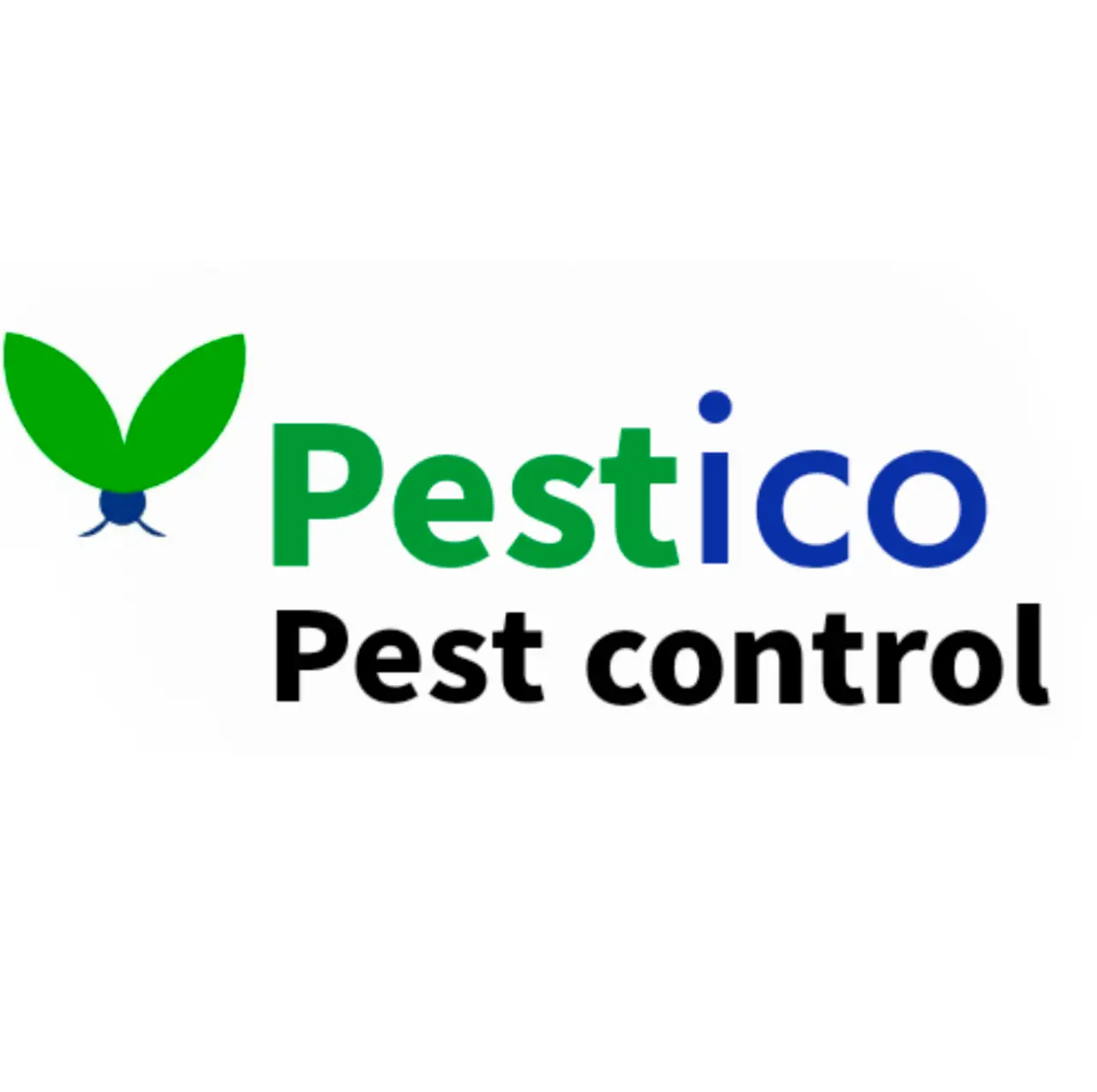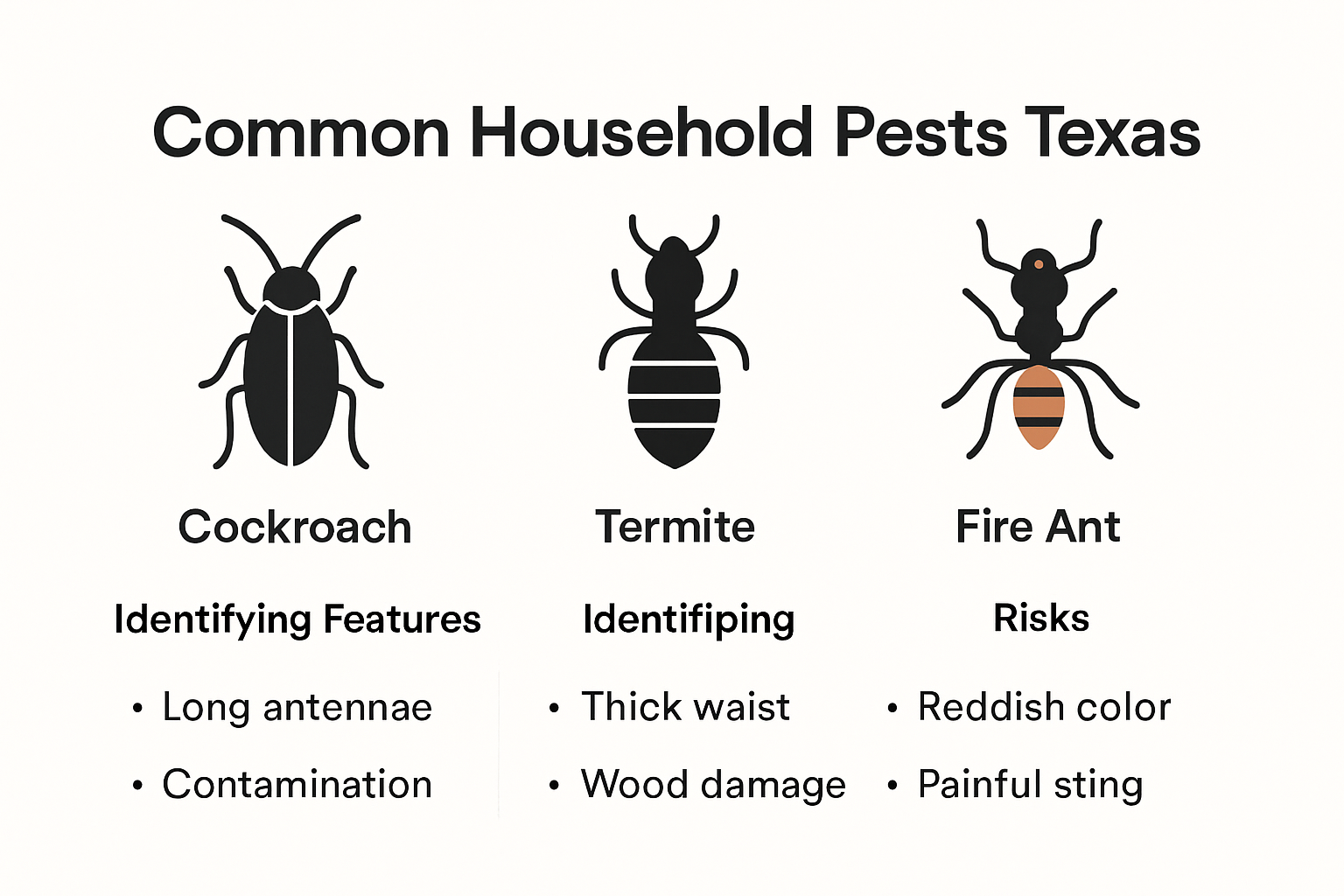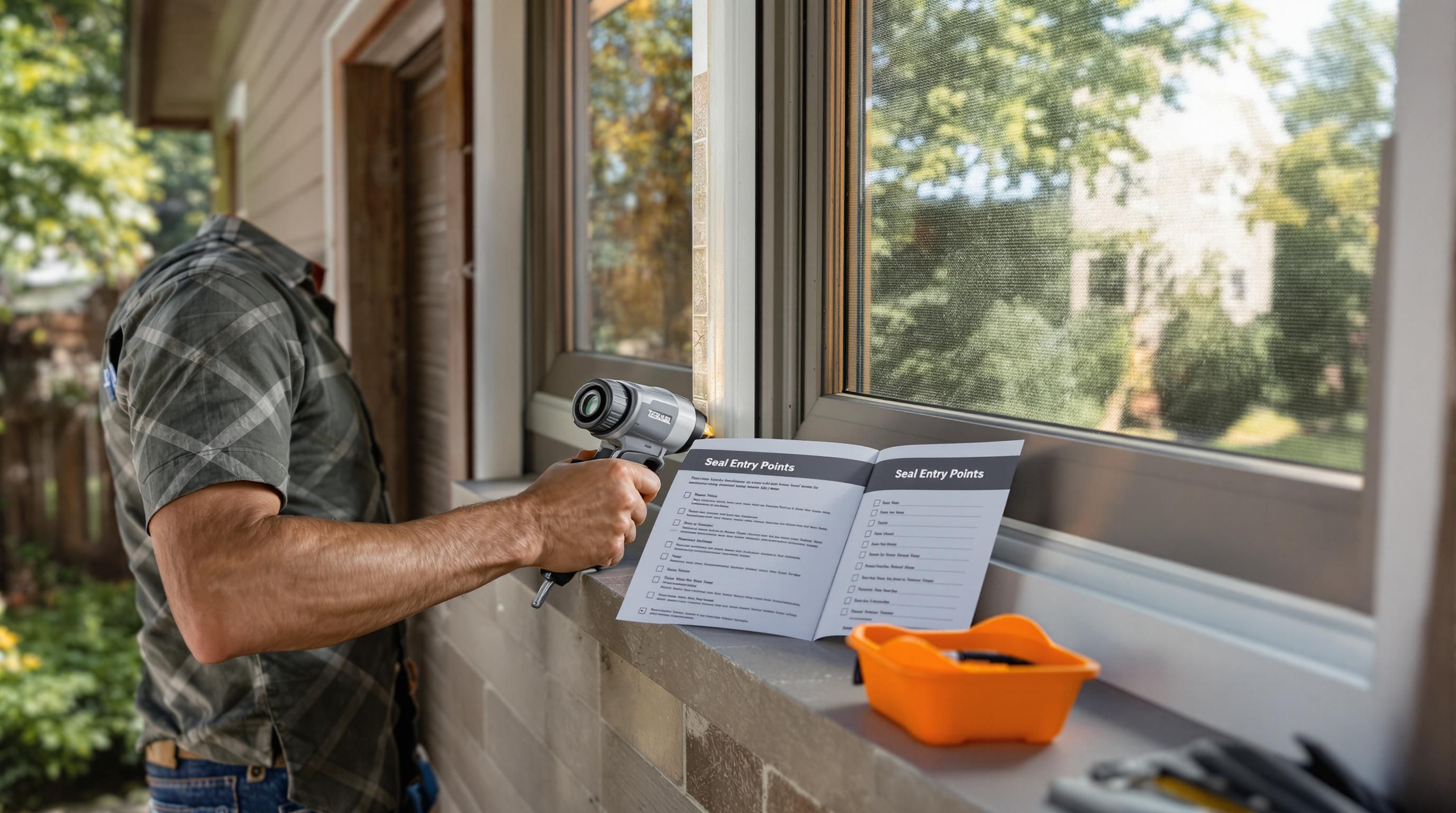
Pest Control Basics: Essential Tips for Texas Homes 2025
Texas homes might look secure from the outside, but pests in this state are on another level. Cockroaches, ants, and rodents thrive here and can multiply at a shocking pace, with some species laying up to 300 eggs in a single season. Most people only worry about these invaders when they spot droppings or damaged wood, thinking that a bit of DIY pest spray will keep things under control. In reality, the real danger often hides in the walls and foundations long before you ever see a sign.
Table of Contents
- Understanding Common Pests In Texas
- Simple Prevention Techniques For Every Property
- Effective Pest Control Methods And Tools
- When To Call A Professional Pest Service
Quick Summary
| Takeaway | Explanation |
|---|---|
| Understand common Texas pests. | Knowing local pest species helps prevent infestations and protect your home. |
| Implement structural exclusion methods. | Seal gaps and cracks to deny pests entry into your home. |
| Utilize integrated pest management (IPM). | Employ a combination of prevention, monitoring, and targeted control methods for effective pest management. |
| Recognize signs of serious infestations. | Look for structural damage and pest droppings to determine when to call professionals. |
| Maintain cleanliness and sanitation. | Regular cleaning and proper food storage can significantly reduce pest attraction in your home. |
Understanding Common Pests in Texas
Texas homeowners face a unique challenge when it comes to pest management. The state’s diverse climate and geography create an ideal environment for a wide range of invasive insects and wildlife. Understanding these common pests is the first step in effective pest control basics for protecting your home and family.
Native Texas Pest Species
Texas hosts an impressive array of pest populations that can quickly become problematic for homeowners. Texas A&M AgriLife Extension identifies several key pest species that frequently invade residential spaces. Ants represent one of the most persistent challenges, with fire ants, carpenter ants, and Argentine ants being particularly prevalent in the region. These tiny invaders can create extensive colonies around and inside homes, causing structural damage and potential health risks.
Cockroaches are another significant concern for Texas residents. German cockroaches and American cockroaches thrive in the state’s warm climate, multiplying rapidly and contaminating living spaces. These resilient insects can spread bacteria, trigger allergies, and compromise household hygiene in mere weeks.
Seasonal Pest Patterns in Texas
Texas experiences distinct seasonal pest patterns that homeowners must understand. During spring and summer months, mosquitoes become an extreme nuisance, with some regions experiencing higher populations due to increased humidity and standing water. CDC Vector-Borne Disease Reports highlight Texas as a hotspot for mosquito-related health risks, including West Nile virus transmission.
Rodents present another critical concern, with mice and rats seeking shelter during temperature extremes. These creatures can enter homes through tiny openings, bringing potential disease risks and causing significant property damage. Rats and mice are particularly adept at finding entry points during cooler winter months when they seek warm shelter.
Preventative Strategies for Texas Homes
Effective pest management requires a proactive approach tailored to Texas environments. Homeowners should focus on comprehensive prevention strategies that include regular home inspections, sealing potential entry points, and maintaining clean surroundings. Simple steps like removing standing water, trimming vegetation near home foundations, and storing food in sealed containers can significantly reduce pest attraction.
While DIY methods offer some protection, professional pest control services can provide comprehensive solutions for managing complex pest challenges. These experts understand local pest behaviors and can implement targeted strategies that address specific regional challenges unique to Texas homes.
Understanding these common pests empowers homeowners to take decisive action. By recognizing potential threats and implementing strategic prevention techniques, Texas residents can maintain healthier, more comfortable living environments free from unwanted intruders.
To help readers quickly identify the most common and problematic pests in Texas, the following table summarizes key species mentioned and their associated risks.
| Pest Species | Common Types | Main Risks/Concerns |
|---|---|---|
| Ants | Fire ant, Carpenter ant, | Structural damage, health risks |
| Argentine ant | ||
| Cockroaches | German, American | Spread bacteria, allergies, hygiene issues |
| Mosquitoes | – | Disease transmission (West Nile virus) |
| Rodents | Mice, Rats | Disease, property damage |
| Termites, Carpenter Ants | – | Wood destruction |
Simple Prevention Techniques for Every Property
Preventing pest infestations requires a strategic and comprehensive approach that goes beyond reactive measures. Texas homeowners can implement several practical techniques to create an environment that naturally deters unwanted insects and wildlife from invading their living spaces.
Structural Integrity and Exclusion Methods
Texas A&M’s Integrated Pest Management program emphasizes the importance of structural exclusion as a primary pest prevention strategy. Homeowners should conduct thorough inspections of their property’s exterior, focusing on potential entry points. Sealing small cracks and gaps around windows, doors, foundations, and utility lines can significantly reduce pest access. Use high-quality caulk or weatherstripping to close these potential entryways.
Wood surfaces require special attention. Wooden structures near the home should be treated and maintained to prevent rot and moisture accumulation. Replace damaged wood siding, repair loose roof shingles, and ensure that wooden structures like decks and fences are not in direct contact with soil. These steps create a robust barrier against wood-destroying insects like termites and carpenter ants.
Landscape and Environmental Management
Landscape design plays a crucial role in pest prevention. Maintain a clear zone around your home’s foundation by keeping vegetation trimmed and creating a gap between plants and building walls. Mulch and dense vegetation can provide ideal hiding spots and moisture environments for pests. Opt for gravel or stone barriers near the foundation to reduce moisture and create a less hospitable environment for insects.
Proper water management is essential. Eliminate standing water sources that attract mosquitoes and other water-loving insects. Clean gutters regularly, ensure proper drainage around the property, and remove items that can collect water like old tires, buckets, or unused plant containers. Centers for Disease Control recommendations highlight standing water as a primary breeding ground for disease-carrying mosquitoes.
Sanitation and Regular Maintenance
Consistent sanitation practices are fundamental to pest prevention. Inside the home, store food in airtight containers, clean up spills immediately, and maintain a regular cleaning schedule. Pay special attention to kitchen areas, where food residue can attract ants, cockroaches, and other pests. Empty trash regularly and use containers with tight-fitting lids.
For comprehensive protection, homeowners can explore professional pest prevention strategies that offer targeted solutions. Professional services can provide detailed assessments and implement advanced prevention techniques tailored to specific property characteristics.
These prevention techniques work synergistically to create an inhospitable environment for pests. By combining structural maintenance, landscape management, and rigorous sanitation practices, Texas homeowners can significantly reduce the likelihood of pest infestations. Consistency and proactive approach are key to maintaining a pest-free property throughout the year.
Below is a table summarizing the primary prevention techniques suggested in this section and the key actions involved for each approach.
| Prevention Area | Key Actions |
|---|---|
| Structural Integrity & Exclusion | Inspect for cracks/gaps; seal with caulk/weatherstripping; maintain/repair wood |
| Landscape Management | Trim vegetation; use gravel/stone near foundation; remove mulch/moisture |
| Water Management | Eliminate standing water; clean gutters; ensure drainage; remove water-collecting items |
| Sanitation & Maintenance | Store food in airtight containers; clean spills; empty trash regularly |
Effective Pest Control Methods and Tools
Effective pest control requires a comprehensive and strategic approach that goes beyond simple elimination. Texas homeowners need to understand the range of methods and tools available to manage pest populations safely and efficiently.
Integrated Pest Management Strategies
The U.S. Environmental Protection Agency recommends integrated pest management (IPM) as the most comprehensive approach to pest control. This method prioritizes prevention, inspection, and targeted interventions rather than blanket chemical treatments. IPM involves multiple strategies that work together to create long-term pest management solutions.
Key components of IPM include thorough property inspections, identifying specific pest species, understanding their life cycles, and implementing targeted control methods. This approach minimizes environmental impact and reduces unnecessary chemical exposure. Homeowners can start by documenting pest activity, identifying entry points, and addressing underlying conditions that attract pests.
Chemical and Non-Chemical Control Tools
Texas A&M AgriLife Extension highlights the importance of using a balanced mix of chemical and non-chemical pest control methods. While chemical treatments can provide quick relief, they should be used strategically and sparingly. Non-chemical methods like physical barriers, traps, and biological controls often provide more sustainable long-term solutions.
Mechanical tools such as sticky traps, ultrasonic repellents, and physical barriers can effectively manage pest populations without extensive chemical intervention. For specific pest challenges, targeted baits and carefully applied pesticides can be crucial. Always follow manufacturer instructions and consider professional guidance when selecting and applying these tools.
Professional Assessment and Safe Application
Professional pest control services offer expertise in identifying the safest and most effective pest management methods. These experts can conduct comprehensive property assessments, identify specific pest challenges, and implement tailored solutions that minimize risks to human health and the environment.
Research from the National Institutes of Health confirms that combined IPM approaches yield the most effective results. Professional technicians understand local pest behaviors, can identify subtle signs of infestation, and apply treatments with precision.
Understanding and implementing effective pest control methods requires ongoing education and adaptation. Homeowners should remain proactive, continuously monitor their properties, and be willing to adjust their strategies as pest populations and environmental conditions change. By combining knowledge, strategic tools, and professional expertise, Texas residents can maintain pest-free living environments while protecting their health and property.
When to Call a Professional Pest Service
Pest infestations can quickly escalate from a minor nuisance to a significant problem threatening home safety and health. Understanding when to transition from DIY methods to professional intervention is crucial for Texas homeowners protecting their property and family.
Critical Infestation Warning Signs
Texas A&M AgriLife Extension Service recommends professional intervention when pest activities indicate potential structural damage or public health risks. Certain warning signs signal an urgent need for expert assessment. These include visible structural damage from wood-destroying insects like termites, extensive rodent evidence, or consistent large populations of disease-carrying pests.
Homeowners should pay attention to subtle indicators such as unexplained wood damage, small droppings in hidden areas, unusual sounds within walls, or persistent pest trails. Structural signs like mud tubes on foundations, damaged wood surfaces, or compromised insulation can indicate advanced pest infiltration requiring immediate professional evaluation.
Public Health and Safety Concerns
The U.S. Environmental Protection Agency emphasizes that certain pest populations pose direct health risks necessitating professional intervention. Rodents, cockroaches, and mosquitoes can transmit dangerous diseases. Professional services offer targeted solutions that address both immediate pest elimination and long-term prevention strategies.
Specific scenarios demanding professional attention include recurring pest problems resistant to home treatments, evidence of potential disease transmission, or infestations involving venomous or aggressive species like fire ants or scorpions. Professional technicians possess specialized knowledge about local pest behaviors and can implement comprehensive removal strategies.
Comprehensive Professional Assessment
Professional pest control services provide more than simple elimination. Experts can offer detailed insights into potential vulnerabilities in your property that might attract future infestations. These comprehensive assessments include identifying entry points, recommending structural modifications, and developing customized prevention plans.
The Texas State Library and Archives Commission highlights the importance of professional monitoring, especially in environments vulnerable to pest activity. Professional services utilize advanced detection techniques, understanding subtle signs of pest presence that homeowners might overlook.
While preventive measures and DIY methods are valuable, recognizing when professional intervention becomes necessary can save significant time, money, and potential health risks. Professional pest control services offer expertise, advanced treatment methods, and long-term strategic solutions tailored to Texas homes’ unique environmental challenges. Homeowners should view professional pest management not as an expense, but as a critical investment in property protection and family health.
Frequently Asked Questions
What are the most common pests in Texas homes?
Common pests in Texas include ants (like fire ants and carpenter ants), cockroaches (German and American), mosquitoes, rodents (mice and rats), and termites. Understanding these pests can help prevent infestations.
How can I prevent pests from entering my Texas home?
Prevent pests by sealing cracks and gaps around windows and doors, maintaining structural integrity, managing landscaping, eliminating standing water, and practicing regular sanitation and cleaning.
When should I consider calling a professional pest control service?
Call a professional when you notice critical infestation warning signs, such as extensive structural damage, visible pest trails, or evidence of serious health risks from pests like rodents or mosquitoes.
What is integrated pest management (IPM) and why is it important?
Integrated Pest Management (IPM) is a comprehensive approach that combines prevention, monitoring, and targeted control strategies. It’s important because it minimizes environmental impact and reduces reliance on chemical treatments.
Ready to Shield Your Texas Home from Hidden Pest Threats?
You have just learned how fast pests like ants, cockroaches, and rodents can cause serious trouble, even before you realize there is a problem. The article highlights real concerns, such as concealed infestations, structural damage, and the frustration of battling persistent pests. When prevention steps and DIY methods are not enough, you need a trusted partner who knows Texas homes inside out.
Experience the difference with a family-owned team committed to safe, thorough pest, rodent, termite, and mosquito control at prices your neighbors love. Take action before pests multiply any further. Visit Pestico’s site now for a no-pressure quote and see why so many have trusted us for reliable pest prevention solutions and professional assessments. Do not let another season give pests the advantage. Book your service today and protect your property and peace of mind.
Recommended
- DIY Pest Prevention Tips – Pest Control Van Alstyne, TX – Pestico Pest Control
- 2025 Home Pest Prevention Checklist For Texas Residents – Pest Control Van Alstyne, TX – Pestico Pest Control
- How To Choose Pest Control – Pest Control Van Alstyne, TX – Pestico Pest Control
- Pest Proofing Outdoor Spaces: Essential 2025 Guide For Texas Homes – Pest Control Van Alstyne, TX – Pestico Pest Control



